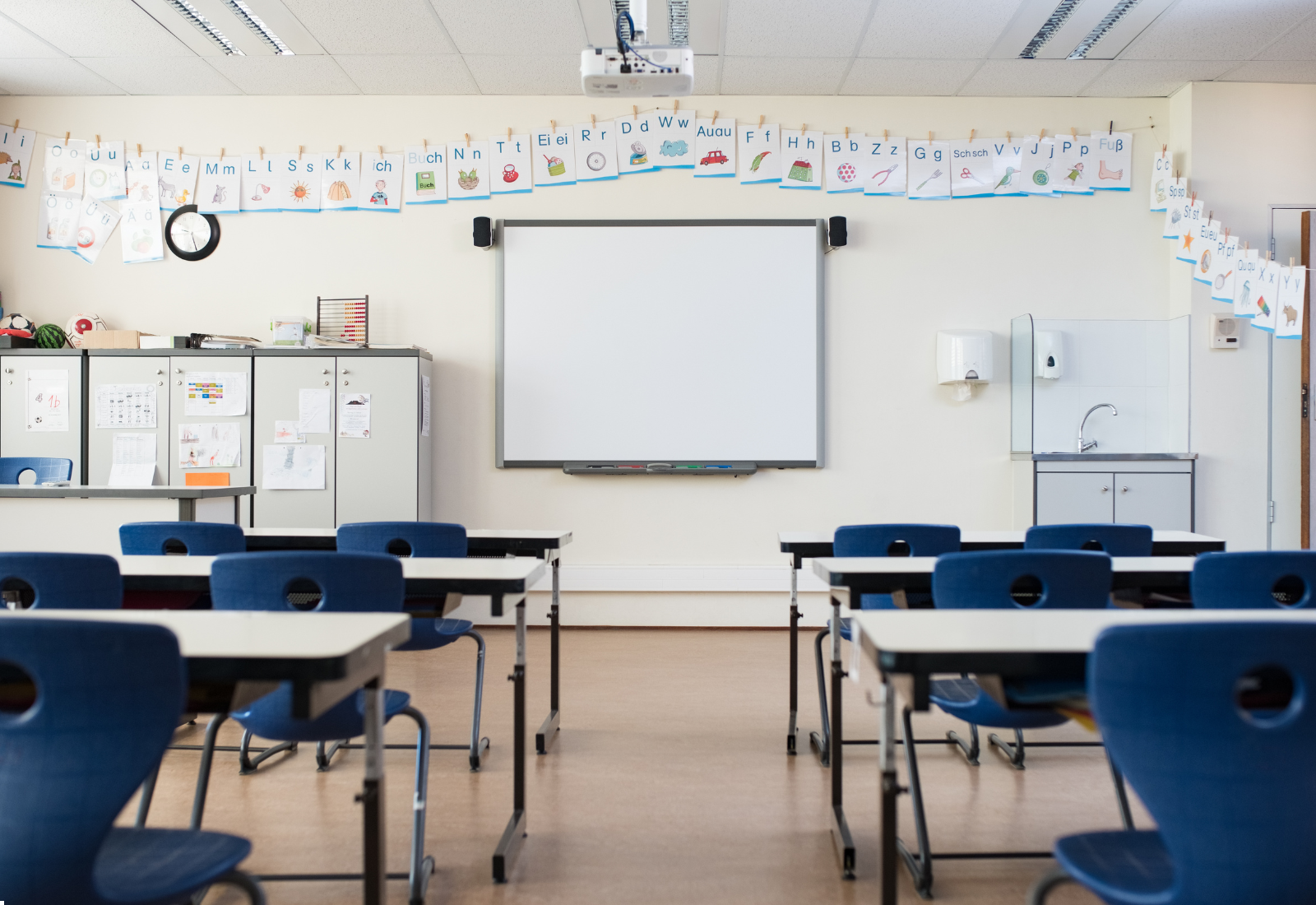The Evolution of Learning Spaces
Education has always adapted to societal needs, with learning environments evolving from traditional classrooms to modern, flexible spaces. Schools and universities today face challenges such as overcrowding, high construction costs, and the need for sustainable solutions. To meet these demands, container-based education spaces have emerged as a practical, eco-friendly, and cost-effective alternative. Learn more from Storage On-Site.
What Are Container-Based Education Spaces?
Container-based education spaces involve the conversion of repurposed shipping containers into fully functional classrooms, labs, libraries, and administrative offices. These structures offer durability, mobility, and customization, providing an innovative solution for educational institutions looking for cost-efficient and adaptable learning environments.
Key Features That Make Containers Ideal for Learning Spaces:
- Modular design – Containers can be stacked, expanded, or reconfigured to fit different educational needs.
- Quick installation – Compared to traditional buildings, container-based classrooms can be set up in a fraction of the time.
- Eco-friendly materials – Containers reuse existing structures, minimizing waste while integrating sustainable energy solutions.
- Cost-effectiveness – Schools save on construction costs and maintenance expenses while benefiting from long-term durability.
Common Uses for Container-Based Learning Spaces
1. Classrooms
Container-based classrooms provide fully functional learning spaces for primary, secondary, and higher education. These modular units include:
- Custom lighting, ventilation, and insulation for a comfortable learning environment.
- Smartboards, projectors, and modern technology to support interactive teaching.
- Flexible furniture and storage solutions for optimizing space.
2. Labs and Makerspaces
With the rise of STEM education and hands-on learning, container-based labs provide high-tech, adaptable spaces for:
- Engineering, robotics, and science experiments with specialized equipment.
- Configurable layouts to accommodate group projects and independent research.
- Secure storage for tools, chemicals, and electronic components.
- 3D printing and prototyping stations for hands-on design and innovation.
- Virtual and augmented reality labs to enhance immersive learning experiences.
- Dedicated workbenches and power access for electronics assembly, coding, and mechanical projects.
3. Libraries and Study Areas
Container-based libraries and study hubs provide compact yet functional spaces for students and teachers. These containers can include reading areas with bookshelves and comfortable seating, technology hubs with computers, and high-speed internet.
4. Administrative Offices
Efficient administration is crucial for educational institutions, and container-based offices provide well-organized workspaces for school staff. These spaces include private offices for teachers, counselors, and administrators, allowing for one-on-one meetings, lesson planning, and student support. Meeting rooms can be used for faculty discussions, student counseling, and academic planning.
5. Outdoor Learning Spaces
Blending indoor and outdoor education, container-based learning spaces support:
- Hybrid classrooms for nature-based studies and hands-on environmental learning.
- Outdoor labs and creative spaces for art, science, and agricultural studies.
- Eco-friendly setups that promote sustainability and experiential learning.
6. Specialized Training Centers
Container-based training centers provide hands-on learning for vocational programs, including trades, healthcare, and technology. Equipped with industry-specific tools and workstations, they offer real-world training environments that prepare students for careers in specialized fields.
7. Temporary or Emergency Classrooms
During school renovations, expansions, or disaster recovery efforts, container-based classrooms serve as quick, cost-effective solutions. Their mobility allows for rapid deployment, ensuring minimal disruption to students’ education while maintaining a safe and structured learning environment.
Features of Well-Designed Container-Based Education Spaces
1. Customizable Interiors
Container-based classrooms and learning spaces can be designed to fit specific educational needs, with features such as:
- Adjustable desks, shelving, and storage solutions for maximum efficiency.
- Integrated whiteboards, projectors, and interactive learning tools.
- Acoustic paneling and soundproofing to minimize noise distractions and improve focus.
- Modular partitions and foldable walls for adaptable classroom layouts and multi-purpose use.
- Custom lighting options to create an optimal learning environment for different subjects and activities.
- Built-in charging stations and power access to support technology-driven education.
2. Advanced Technology Integration
Modern education relies on technology-driven learning, and container-based spaces can include:
- Smartboards, Wi-Fi access, and digital learning platforms.
- Automated climate control, LED lighting, and energy-efficient systems.
- Integrated security systems with keycard access and surveillance cameras to ensure student and staff safety.
- Assistive technology such as speech-to-text software, screen readers, and adaptive learning tools to support students with disabilities.
3. Safety and Comfort
A well-designed educational space prioritizes student and faculty well-being, ensuring a comfortable and healthy learning environment. Insulated walls and temperature control help maintain a consistent indoor climate year-round, preventing extreme heat or cold from disrupting classes. Additionally, natural lighting and proper ventilation enhance air quality and create a bright, inviting atmosphere, reducing eye strain and improving focus. Studies have shown that students in classrooms with ample natural light perform better on tests, have higher attendance rates, and exhibit fewer behavioral issues than those in classrooms with inadequate lighting.
Additionally, storage containers used for container classrooms can be equipped with a range of safety features to create a secure learning environment. These features may include reinforced doors with tamper-proof locks, smoke detectors, fire-resistant insulation, and secure electrical wiring to prevent hazards. Emergency exits and lighting can also be installed to meet building and safety codes for educational use.
4. Sustainable Design
Container-based education spaces emphasize environmental responsibility, featuring:
- Solar panels, rainwater collection systems, and green roofing for energy efficiency.
- Use of eco-friendly paints, low-emission materials, and sustainable flooring.
- Passive heating and cooling strategies, such as strategic window placement and thermal insulation, to reduce reliance on HVAC systems.
- Recycled and repurposed materials, including upcycled wood, metal, and reclaimed fixtures, to minimize waste and lower construction costs.
Challenges and Solutions
Space Limitations
Since shipping containers have fixed dimensions, maximizing space requires smart design solutions. Creative layouts ensure every square foot is utilized efficiently, while multi-purpose designs allow a single space to function as a classroom, meeting room, or makerspace.
Initial Investment Costs
While the upfront cost of container-based learning spaces may seem significant, schools save money over time. Their durability and minimal maintenance requirements reduce long-term expenses, and financing options or school partnerships can help offset initial costs.
Regulatory Compliance
To ensure safety and compliance, container-based schools must adhere to local building codes. Working with certified container conversion specialists guarantees that spaces meet educational facility standards, incorporating fire safety, accessibility, and proper ventilation.
Conclusion
Container-based education spaces offer a modern, cost-effective, and sustainable approach to learning. Whether expanding school facilities, setting up temporary classrooms, or creating innovative makerspaces, these modular solutions provide flexibility, efficiency, and long-term value.
Working with Storage On-Site for Your Indianapolis Shipping Container Needs
At Storage On-Site, we offer container-based education solutions that meet the unique needs of schools, universities, and training centers. Whether you need a temporary classroom, a fully equipped lab, or a sustainable outdoor learning space, our team can design customized, durable, and eco-friendly solutions. Contact Storage On-Site to explore custom container-based solutions and transform your educational vision into reality! Request a quote today.

